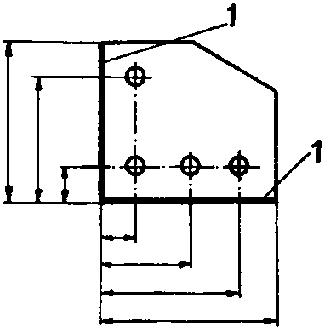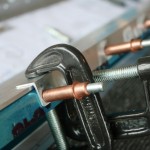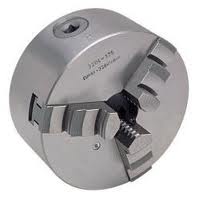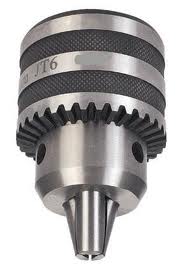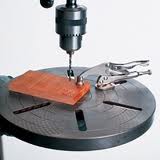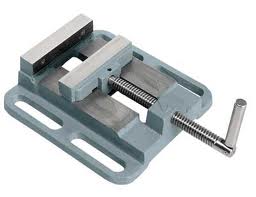CNCCMV2/Structure/Techniques
Jump to navigation
Jump to search
Point Marking with Datum Points and Edges
- Datum points and edges are points and edges of the workpiece that you measure from.
- In most cases, 2 datum edges will be used. How to measure using 2 datum edges is shown in the diagram below.
- When marking to drill, center punch the points so that that drill bit centers into the desired position during the operation.
Match Drilling
- Match drilling is the process of drilling through multiple components at the same time so that the final assembly is aligned perfectly.
- Match drilling works effectively with templates. For instance, a template can be placed on top of a component, then match-drilled; the template can be reused for other components which require the same hole pattern. This template multi-usage is useful when multiple components need excellent alignment but are too large or irregularly-shaped to be match drilled together.
- A process similar to match drilling is to drill a workpiece before it is cut apart to separate components. For example, a 100cm metal rod can be drilled through, then cut in half so that the holes of the two 50cm metal rods align perfectly together.
- Match drilled components mounted with a C-clamp are shown below. Those bronze rod-like things are called clecos; clecos hold the components aligned together during drilling (extra secure than just with the initial clamps), especially useful for large multi-hole operations.
Mounting
- Rotating components such as drill bits and parts to be lathed require the use of a chuck.
- A lathe chuck is shown below.
- A drill chuck is shown below.
- Stationary components such as those to be operated on by a drill press require the use of clamps, vises.
- Drill press clamp below.
- Drill press vise below.
